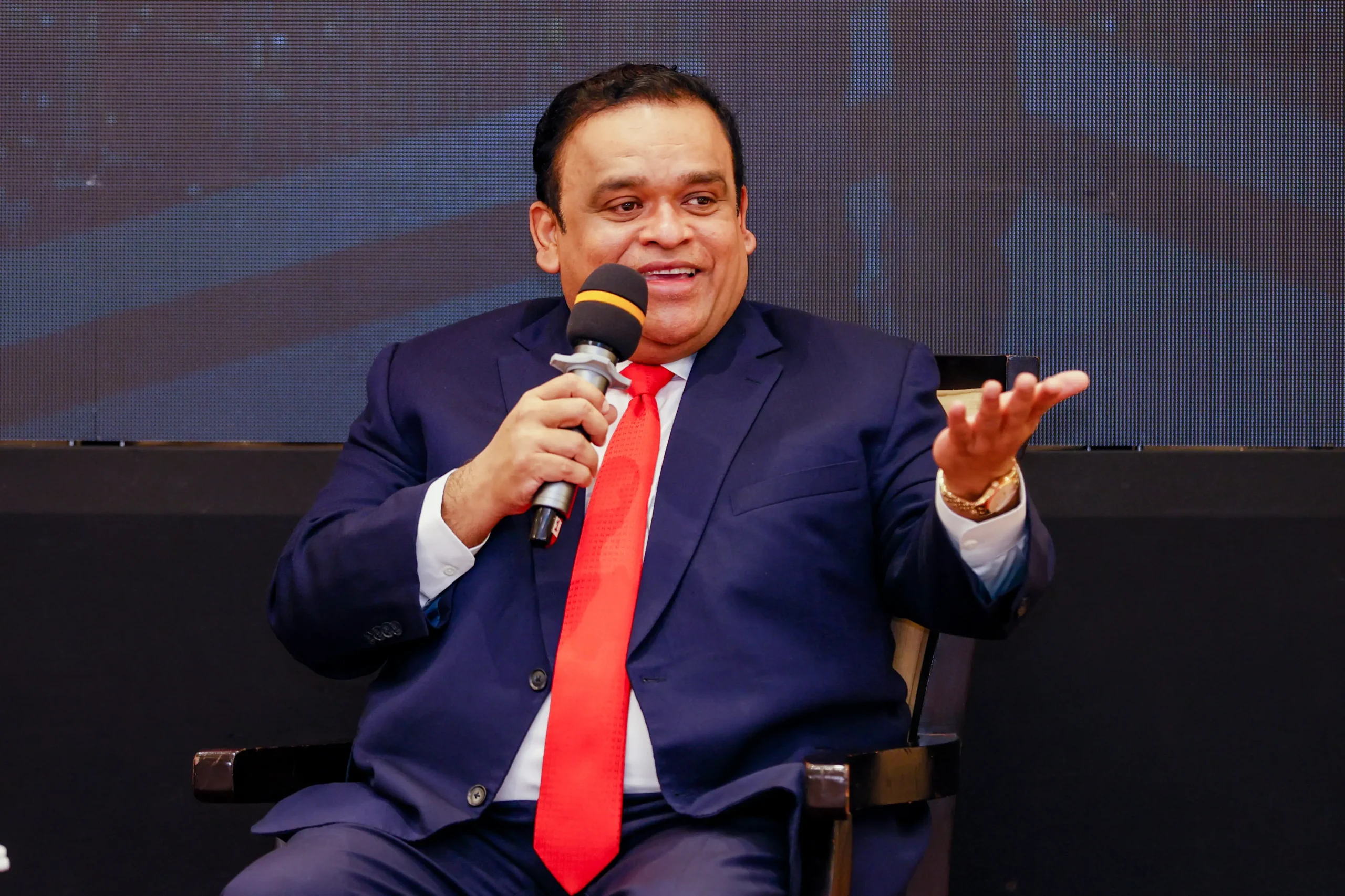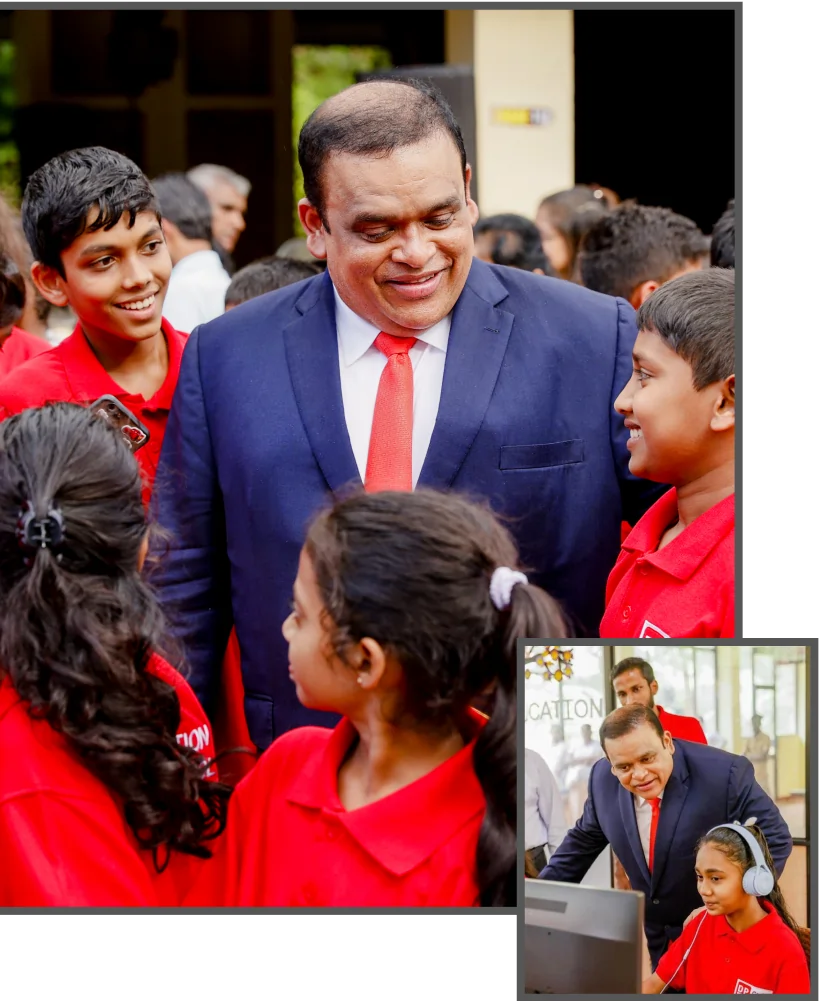Dhammika Perera
talk with Dhammika
Embark on a transformative journey alongside Dhammika Perera, a visionary entrepreneur leader committed to shaping a brighter future for Sri Lanka. With a strong focus on education and empowerment, he shares his insights and strategies across diverse sectors. Join this enlightening exchange to delve deeper.

talk with
Dhammika
Embark on a transformative journey alongside Dhammika Perera, a visionary entrepreneur leader committed to shaping a brighter future for Sri Lanka. With a strong focus on education and empowerment, he shares his insights and strategies across diverse sectors. Join this enlightening exchange to delve deeper.
Dhammika and
Priscilla Perera
Foundation
The Dhammika & Priscilla Perera Foundation is a beacon of hope in Sri Lanka's journey toward a brighter future. Founded by the dynamic duo Dhammika and Priscilla Perera, the foundation is not just a charity but a catalyst for transformation. With a larger focus on education and healthcare, the foundation’s initiatives are reshaping the lives of millions.

Dhammika and
Priscilla Perera
Foundation
The Dhammika & Priscilla Perera Foundation is a beacon of hope in Sri Lanka's journey toward a brighter future. Founded by the dynamic duo Dhammika and Priscilla Perera, the foundation is not just a charity but a catalyst for transformation. With a larger focus on education and healthcare, the foundation’s initiatives are reshaping the lives of millions.